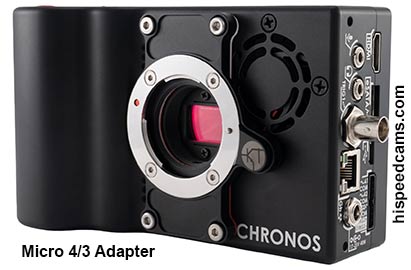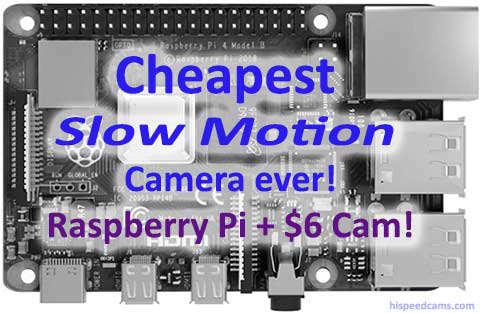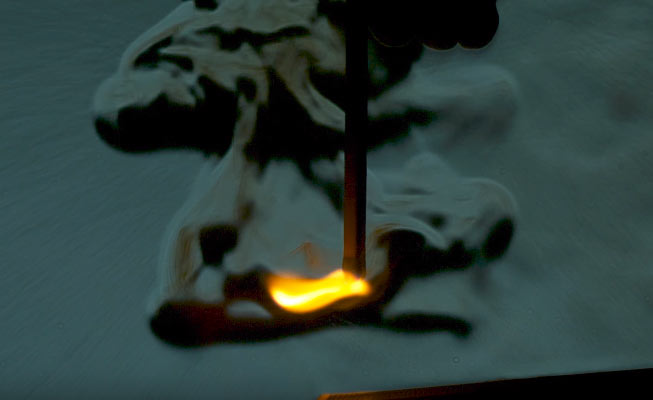Sometimes all it takes to embark on a new project is some unexpected inspiration. On the Incredible Slow Motion video by Veritasium – Seeing the Invisible: Schlieren Imaging in SLOW MOTION we are not only inspired but awestruck by the results of this simple and doable at home scientific experiment. The experiment allows a camera to visualize the vortexes of gases and temperature differences in the air which serve to create some very interesting scientific experiments and or artistic visualizations.
You will need a Concave Parabolic Mirror like the ones used in reflective Newtonian telescopes, “you may have one lying around from your stargazing days”, you will also need a small light source like an LED flashlight or single diode and finally a razor blade or similar precise object to cut off the light to the camera on a plane.
The video by Derek Muller goes into good detail about how to prepare your lab experiment and while you may need to tweak it several hundred times to get the best results it should be ready for experimentation without much fuzz and you should be able to try dozens of setups to shoot. Here is a site that helps you make your setup as well!
Seeing the Invisible: Schlieren Imaging in SLOW MOTION by Veritasium:
Schlieren Imaging Slow Motion:
Using a slow motion camera will also allow you to better appreciate the intricate patterns and disturbances in the air at room temperature like your breath or the cool air emanating from a beverage. Using a small candle in front of the mirror could help you in setting up the experiment so you can tweak and look at your camera’s LCD monitor to perfect the positioning of the setup.
It is of note also that you will need a long lens to zoom into the mirror area and get the coverage of the shot you want. Cameras that have long reach or interchangeable lenses and do good slow motion are plentiful like the Sony RX10 series ,Panasonic GH5, edgertronic, Chronos 1.4 and Sony a6500.
=&0=& (from German; singular “Schliere”, meaning “streak”) are optical inhomogeneities in transparent material not necessarily visible to the human eye. Schlieren physics developed out of the need to produce high-quality lenses devoid of these inhomogeneities. These inhomogeneities are localized differences in optical path length that cause light deviation. This light deviation can produce localized brightening, darkening, or even color changes in an image, depending on which way the ray deviates. First observed by Robert Hooke FRS !
Links to learn more about Schlieren Imaging:
Thanks to Derek Muller from Veritasium for inspiring us all. You can help support his endeavors at: https://www.patreon.com/veritasium or subscribe at the Veritasium Youtube channel here!
amzn_assoc_placement = "adunit0";
amzn_assoc_search_bar = "true";
amzn_assoc_tracking_id = "hispeedcams-20";
amzn_assoc_ad_mode = "manual";
amzn_assoc_ad_type = "smart";
amzn_assoc_marketplace = "amazon";
amzn_assoc_region = "US";
amzn_assoc_title = "Things you may need for the experiment!";
amzn_assoc_linkid = "50e5c78cee26b4151dfa1e9ed98e7f4a";
amzn_assoc_asins = "B0012NFNEW,B0065822TI,B00KD3BRIS,B01NA7B2ZP,B01DLLJ8CU";



